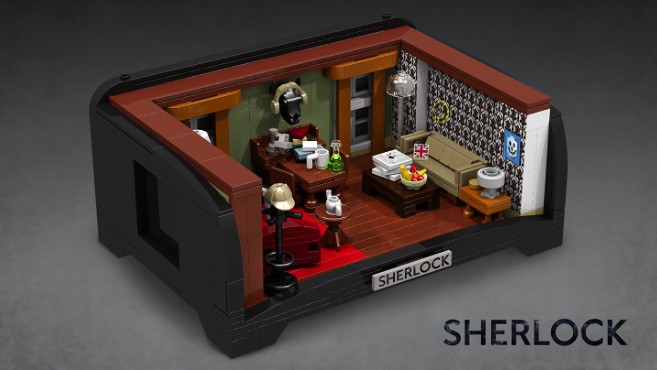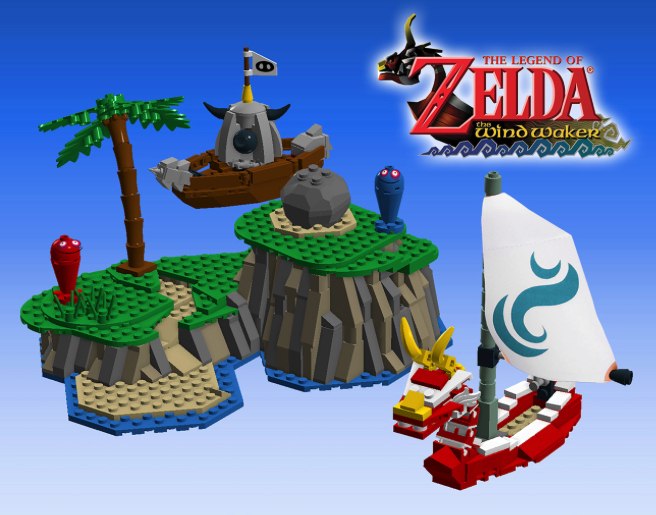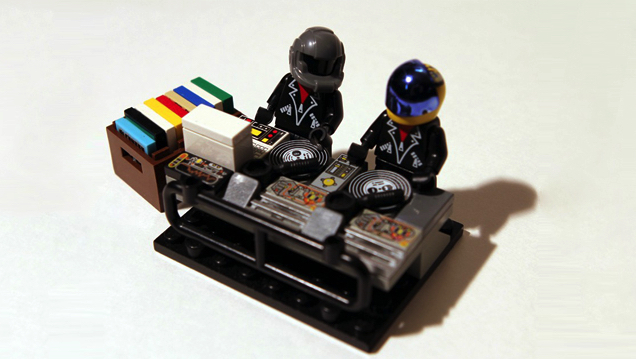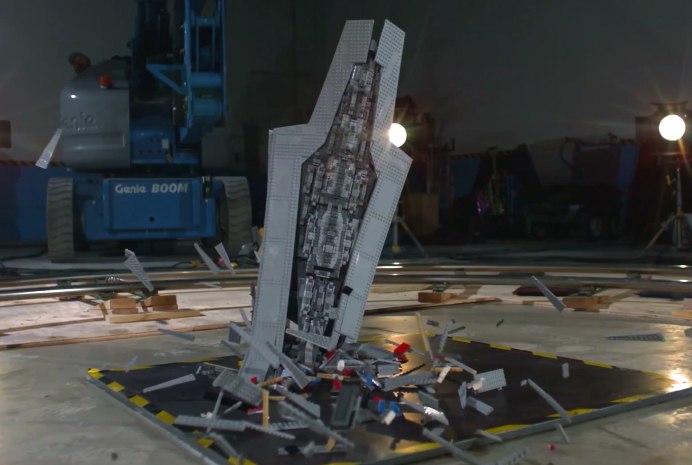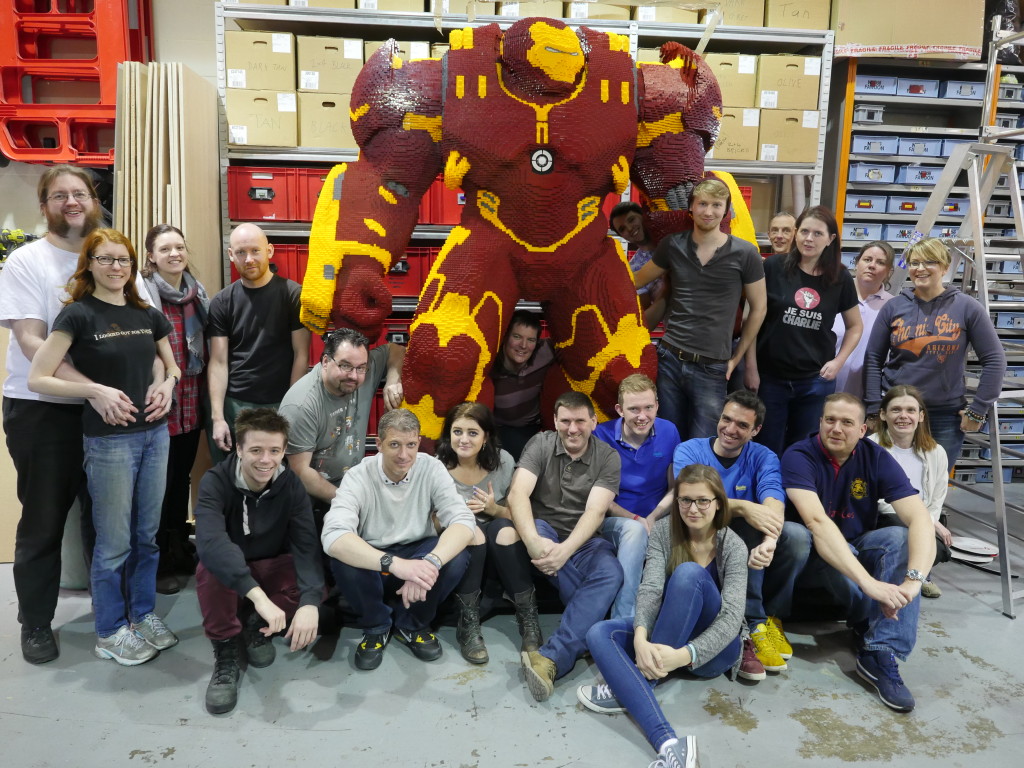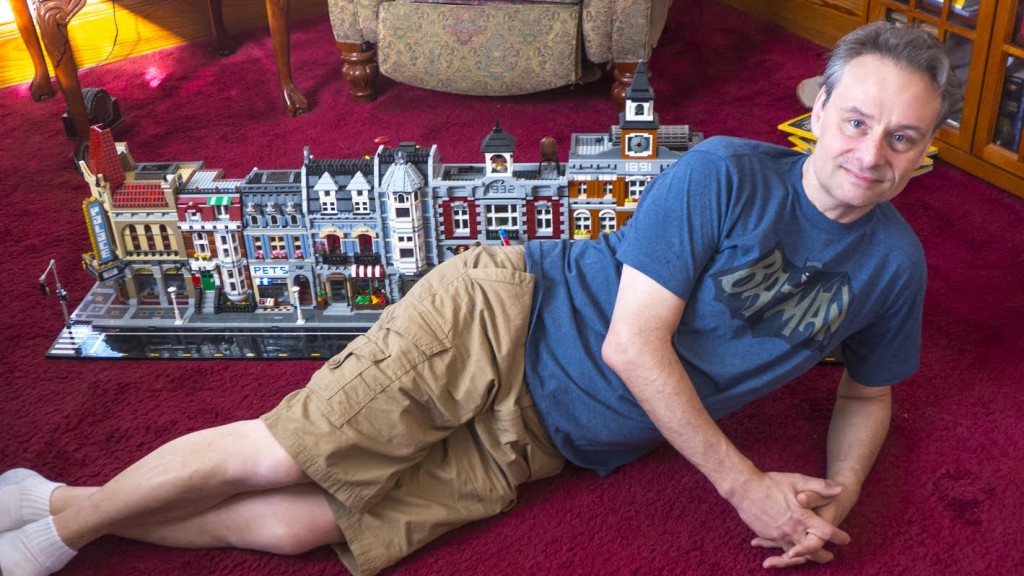
Lego Ideas is the big equalizer.
A platform with its roots tracing back to 2008, the central concept is simple: Let users submit their own ideas for Lego products which can be turned into commercial sets, with the designer then receiving 1 percent of royalties.
To get through to the review phase, users must first rack up 10,000 supporters as a way of demonstrating that a certain would-be set has the necessary support behind it. It’s a great idea, and one which resonates perfectly in an age of Kickstarter, social media, and viral videos.
But how do you stand out from the crowd? To answer that question, Power of the Brick spoke with the creator known as Flailx: a MOC (My Own Creation) builder who has scored not one, but two, separate 10,000+ supporter projects.
Here’s what he had to say.
“I’ve been building with Lego since I was in elementary school,” says Flailx, known in the real world as 48-year-old graphic designer Peter Hale, of upstate New York. “I always think it’s interesting to see what builders built when they were kids — and my first big creation was a Battlestar Galactica set.” (See below picture)
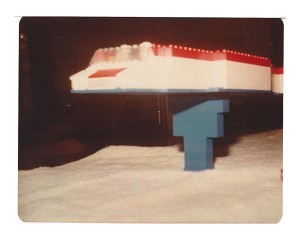 Perhaps planting the seeds of Lego Ideas early, Hale explains that at this point there was no theme which fit within the Battlestar Galactica world. “This was before the first Space sets,” he says. “I had no choice but to build my models out of whatever was around. Instead of spacemen, the set was crewed by firemen and coastguards. Those were the only minifigs I had available.”
Perhaps planting the seeds of Lego Ideas early, Hale explains that at this point there was no theme which fit within the Battlestar Galactica world. “This was before the first Space sets,” he says. “I had no choice but to build my models out of whatever was around. Instead of spacemen, the set was crewed by firemen and coastguards. Those were the only minifigs I had available.”
Since then, both Lego’s available themes and Hale’s building abilities have increased, of course. His first Lego Ideas project to hit 10,000 supporters was one based on the hit BBC detective drama Sherlock, starring Benedict Cumberbatch and Martin Freeman.
The 370-piece set recreated the consultation room of 221b Baker St., Holmes’ famous flat — complete with an astounding level of accuracy, such as Holmes’ iconic deerstalker cap on a hatrack.
More recently, he made waves when he secured his second 10,000 supporters: this time for a 576-piece Legends of Zelda: Kings of Red Lion set, based on the popular Nintendo video game franchise.
“I’m a huge Zelda fan,” Hale says. “I’ve played all of the games, and beaten most of them.”
Although the ‘Kings of Red Lion’ set is Hale’s newest Lego Ideas submission, he reveals that it pre-dates his Sherlock concept by several years. “I built it originally for my son,” he says. “We played with it, and then when Lego Ideas came along I already had it sitting around. I thought, ‘We can’t be the only Zelda fans out there’ and I put it up.”
So what advice does he have for securing success in the Lego Ideas world?
“Most of the sets which gain 10,000 supporters have been licensee sets — like Dr. Who, for instance — because they already have a fanbase,” he says. “I admire the sets which can get support without having an already existing fanbase, but they’re few and far between.”
You also need to choose a brand that’s a good fit for Lego. You may love Game of Thrones (who doesn’t?) but, short of Joffrey seizing control of wherever you live, a bloody massacre playset is unlikely to find its way onto toystore shelves any time soon.
On top of this is the importance of building a good set. While that may sound obvious, figuring out exactly what a “good set” is can confuse even the most seasoned of Lego fans.
“To me, a good set doesn’t have to have a lot of pieces,” Hale says. “In fact, that can actually harm your chances of getting selected because the size makes it unrealistic. If you’ve got hundreds of pieces, the set would cost hundreds of dollars and is unlikely to get picked up as a result. What you want to do is to hit a sweet spot of probably around $60 for your set. It doesn’t hurt to have a couple of real cool minifigs, either.”
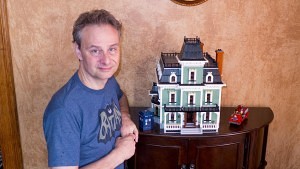 Of course, even with both of these, nothing is guaranteed. Not only does 10,000 supporters not guarantee that Lego will actually build a set (the review process is done internally, and neither of Hale’s projects has yet been released), but even he has had his share of failure.
Of course, even with both of these, nothing is guaranteed. Not only does 10,000 supporters not guarantee that Lego will actually build a set (the review process is done internally, and neither of Hale’s projects has yet been released), but even he has had his share of failure.
“I’ve been very lucky with two of my sets, but three others haven’t gained the necessary amount of traction,” he says. “My advice would be for people to keep trying. Don’t get hung up on one failure, even if it’s an idea you’re really passionate about.”
Although sometimes you need to know when to keep on pushing.
“My Zelda set gained momentum initially and then it just died,” he says. “It took me a while to figure out how to get it noticed. There’s only so much you can do leaving it on the Lego Ideas site. Maybe because I’m a bit older, I’m not real knowledgeable about social media. I’m just starting to understand why people like Twitter, but for a long time I couldn’t figure it out.”
As with getting any creative project off the ground, making it is only the beginning. Once you submit your idea to Lego Ideas, ensure that you spread the word by reaching out to relevant tastemakers — be those social media channels, blogs, or even print newspapers.
“It can be tough, but I’d say it’s worth it — even if you just get to the review stage,” Hale says. “I love Lego Ideas. I’m an enormous fan of it. Really, I’d recommend people just keep on going.”
